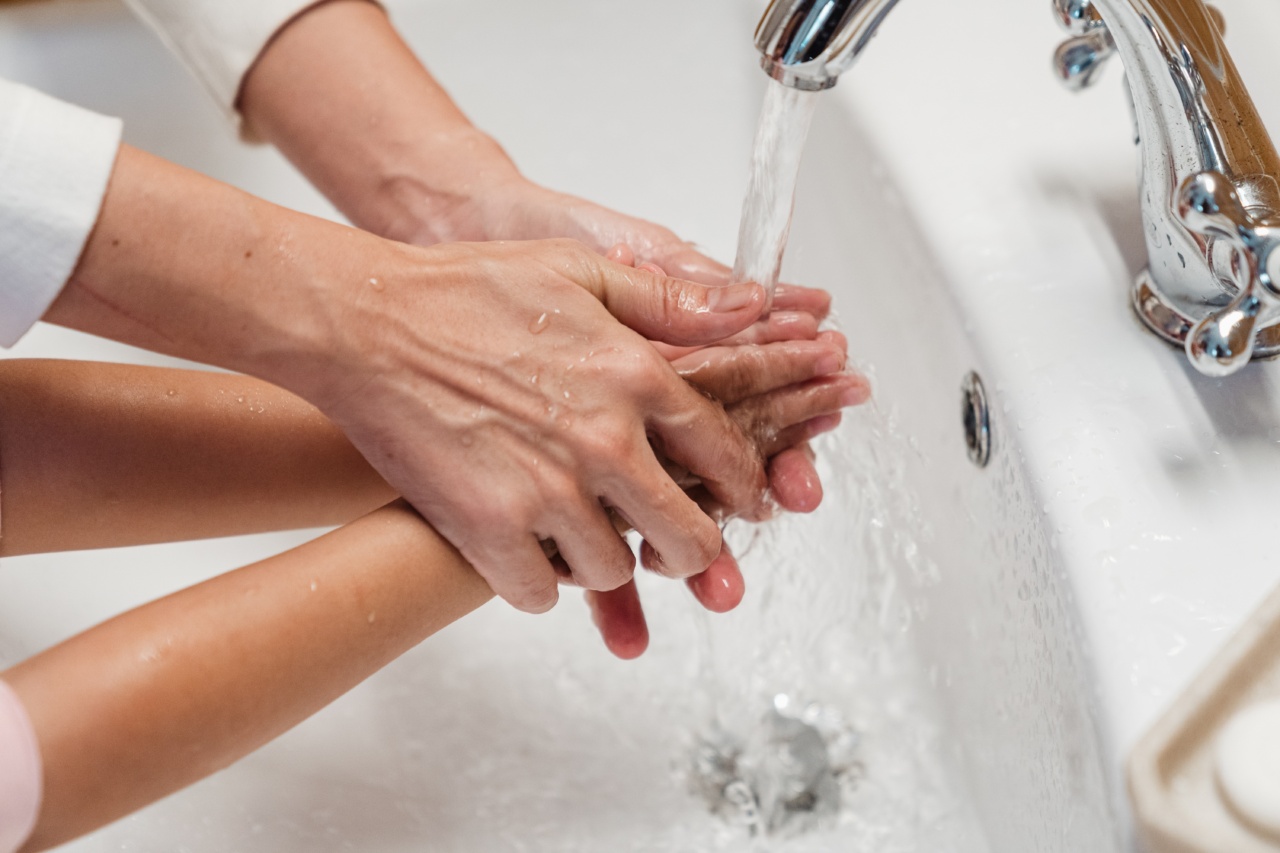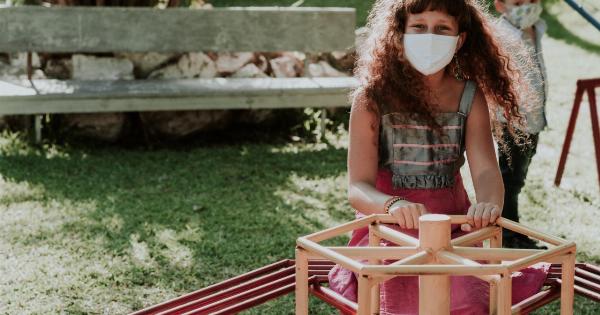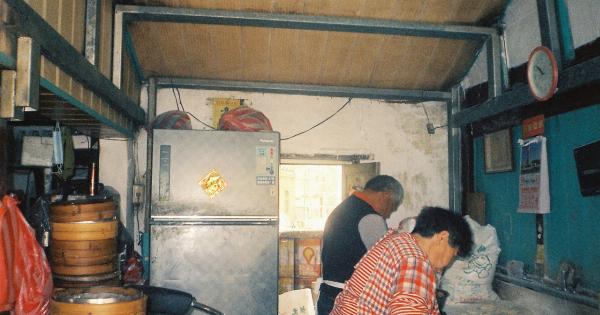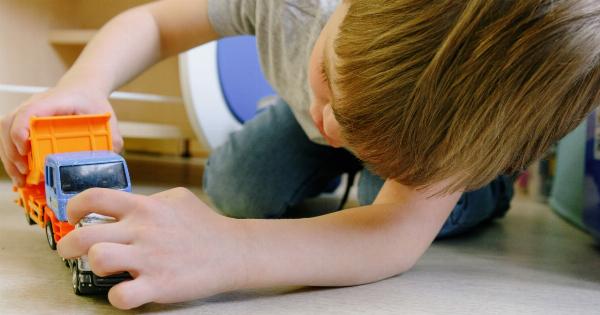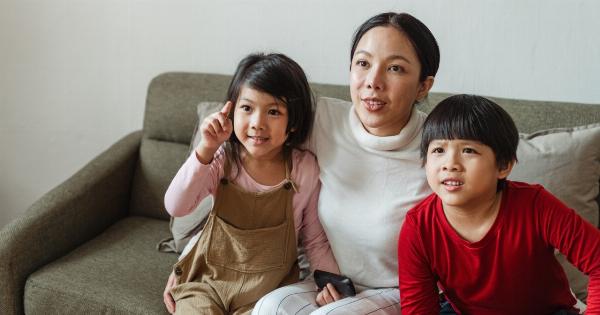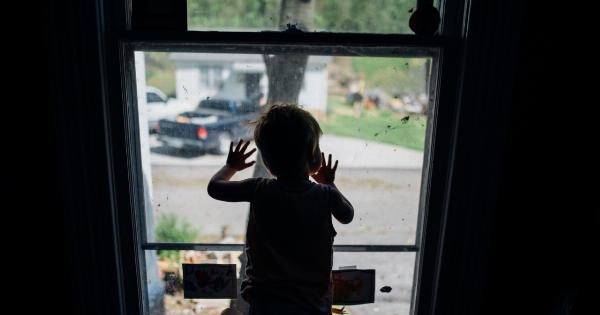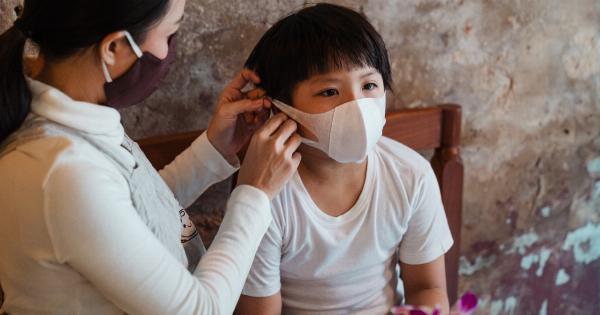As a parent, one of your biggest concerns is ensuring the safety and well-being of your child. While you may be aware of the obvious hazards and take necessary precautions, there is one silent danger that often goes unnoticed – child poisoning.
Every year, thousands of children suffer from accidental poisonings, some of which can be life-threatening. In this article, we will discuss essential information that every parent should know about child poisoning prevention.
What is Child Poisoning?
Child poisoning occurs when a child ingests or comes in contact with potentially harmful substances such as medications, cleaning products, chemicals, pesticides, or even certain plants.
Young children, in particular, are at a higher risk of poisoning due to their curious nature and tendency to explore their surroundings by putting things in their mouths.
Common Causes of Child Poisoning
Child poisoning can occur in various ways, and it is crucial for parents to be aware of potential dangers in their environment. Some common causes of child poisoning include:.
1. Medications: Prescription and over-the-counter medications, such as pain relievers, can be toxic to children when ingested in large quantities. Always keep medications out of reach and store them in childproof containers.
2. Household Cleaning Products: Cleaning products like bleach, detergent, and window cleaners can be extremely harmful if swallowed or even if they come into contact with a child’s skin or eyes. Keep these products locked away in a high cabinet.
3. Chemicals and Pesticides: Substances like gasoline, lighter fluid, insecticides, and weed killers should always be stored securely in areas inaccessible to children. Even small amounts can cause serious health issues if ingested.
4. Cosmetics and Personal Care Products: Items such as nail polish remover, hair dye, perfumes, and lotions should be kept out of reach as they can be harmful if ingested or applied improperly.
5. Plants: Some indoor and outdoor plants, including lily-of-the-valley, azaleas, and certain mushrooms, can be poisonous if ingested. Be cautious about the plants you keep at home and teach your child not to put any plant material in their mouth.
Symptoms of Child Poisoning
Recognizing the symptoms of child poisoning is crucial in providing prompt medical assistance. Symptoms may vary depending on the substance ingested but can include:.
1. Nausea, vomiting, or diarrhea.
2. Stomach pain or cramps.
3. Dizziness or confusion.
4. Difficulty breathing.
5. Seizures or loss of consciousness.
If you suspect your child has ingested something potentially harmful, stay calm and call emergency services or your local poison control center immediately.
Preventing Child Poisoning
Prevention is the key to ensuring your child’s safety. Here are some essential tips to help prevent child poisoning:.
1. Always keep medications, cleaning products, and other potentially toxic substances out of reach and preferably locked away.
2. Store chemicals, pesticides, and household cleaning products in their original containers and ensure they are correctly labeled.
3. Dispose of medications and hazardous substances safely. Follow the recommended guidelines for proper disposal.
4. Be cautious when using plants or flowers for decorative purposes. Make sure they are non-toxic and keep them out of your child’s reach.
5. Teach your child about potential dangers and the importance of not putting anything in their mouth without permission.
6. Install childproof locks on cabinets and drawers where dangerous substances and medications are stored.
7. Keep the poison control helpline number readily available.
What to Do in Case of Child Poisoning
Despite taking all possible precautions, accidents can still happen. Therefore, it is important to know what to do in case of child poisoning:.
1. Stay calm and assess the situation. Check if the child is conscious and breathing.
2. If the child is conscious, remove any remaining substance from their mouth and rinse their mouth gently with water.
3. Do not induce vomiting unless directed to do so by a medical professional or poison control center.
4. Call emergency services or your local poison control center immediately. Follow their instructions and provide detailed information about the substance ingested.
5. If possible, have the container or bottle of the substance with you when seeking medical assistance.
Conclusion
Child poisoning is a serious concern that requires proactive prevention measures from parents.
By being aware of potential hazards, storing toxic substances safely, and educating your child about the dangers, you can significantly reduce the risk of accidental poisonings. Remember, child poisoning prevention is a shared responsibility, and every parent should prioritize their child’s safety above all else.
